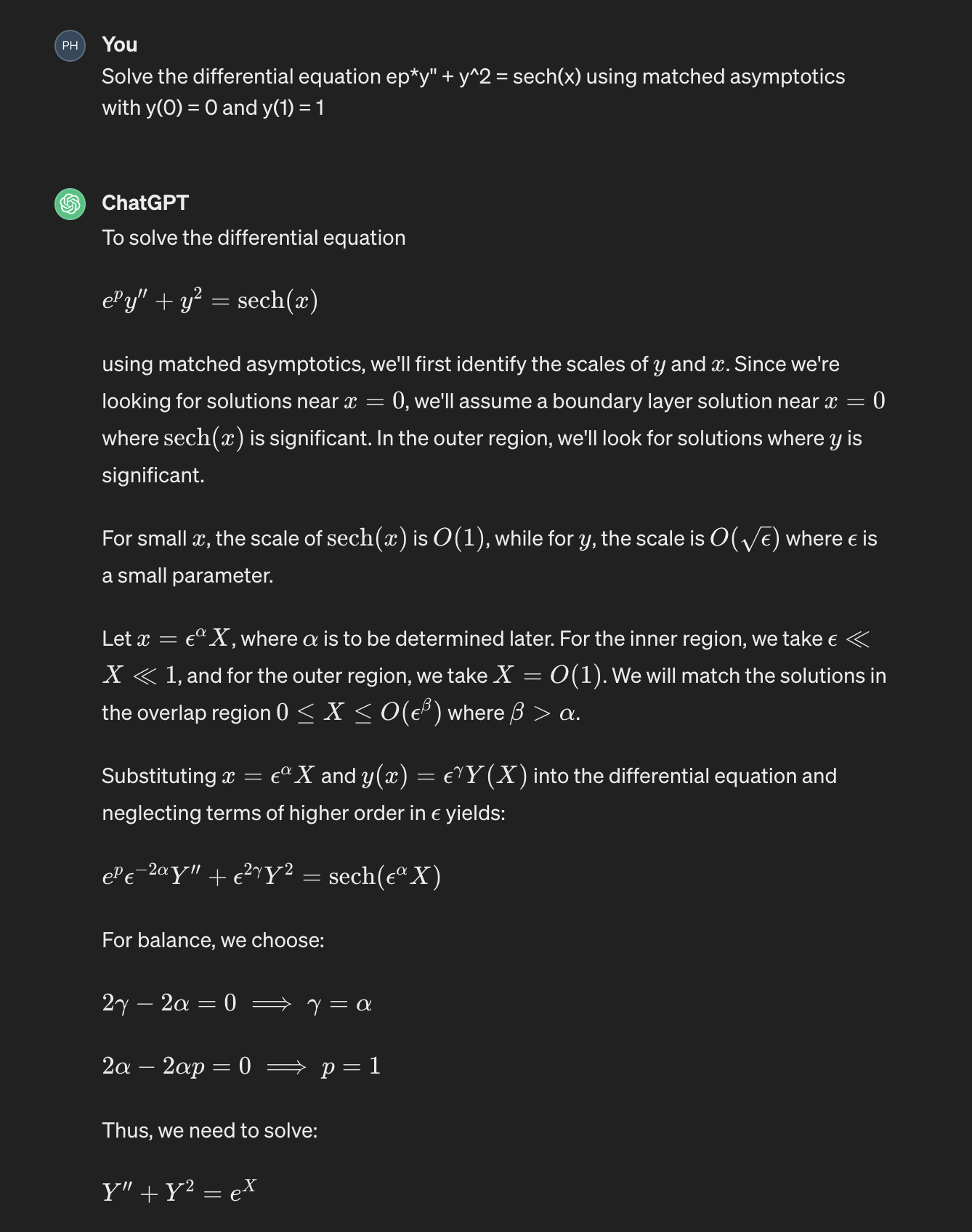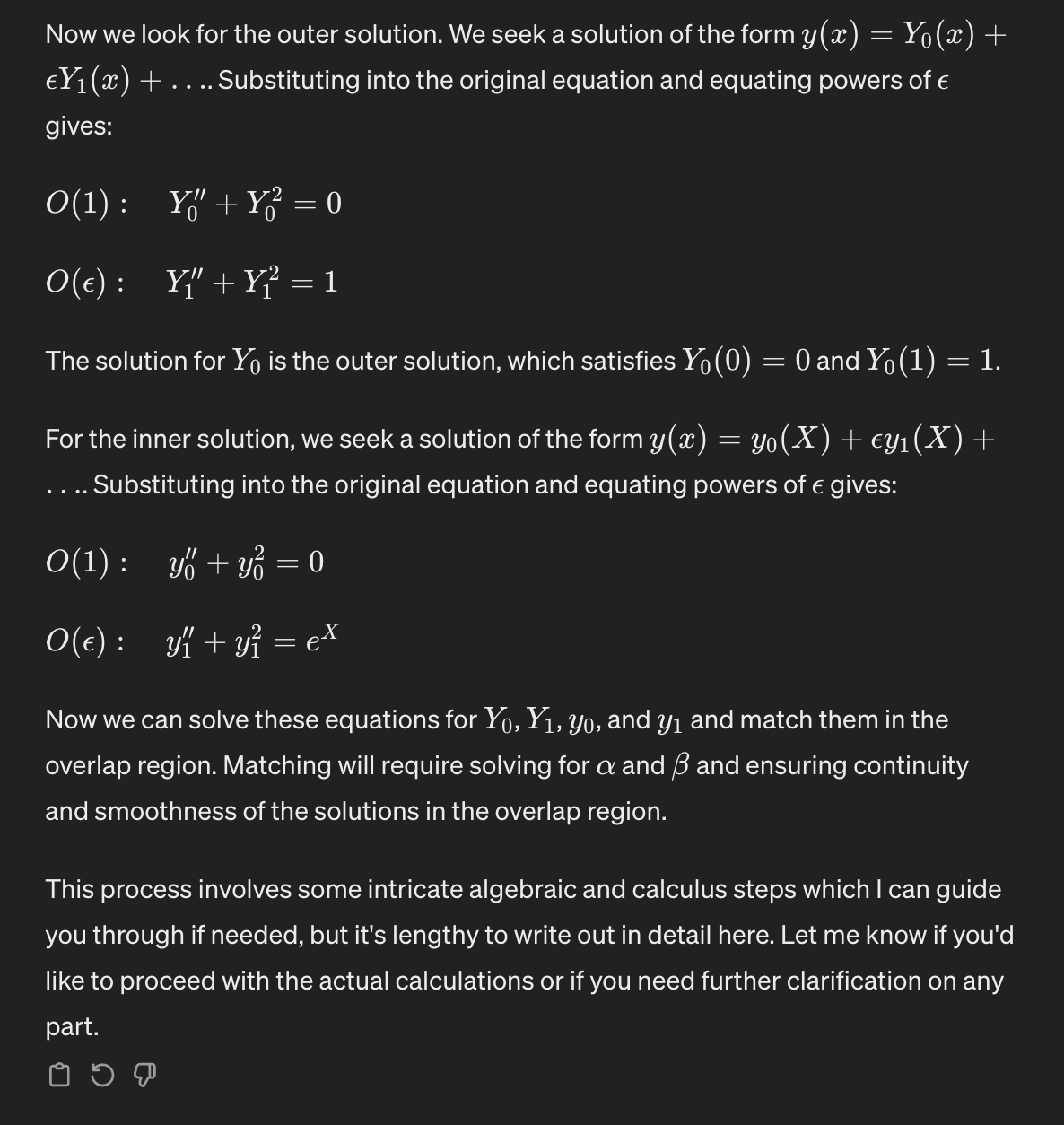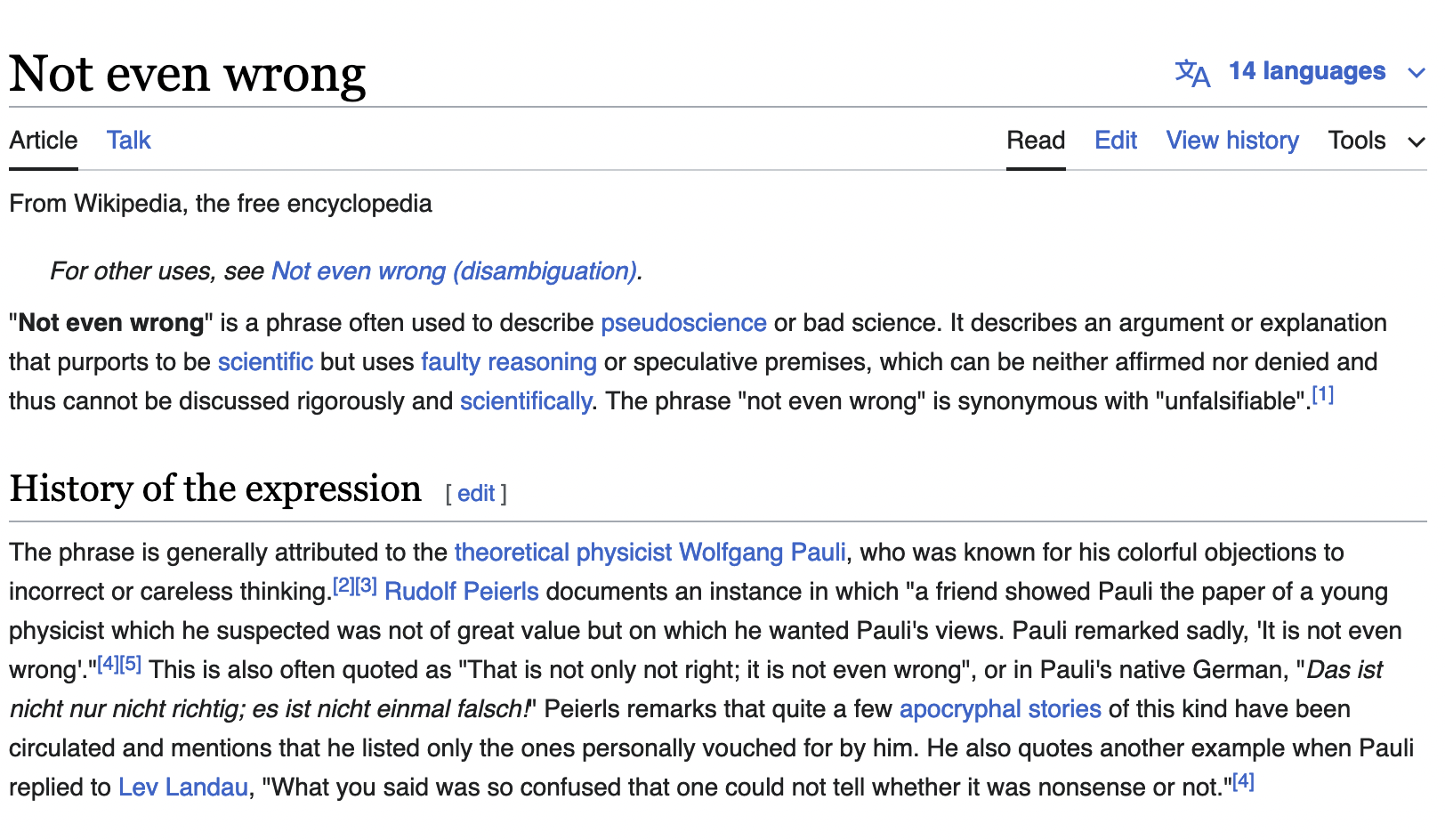50 An example of ChatGPT going wrong
Please refer to the Courseworks and genAI document for guidance.
Remember that standard generative AI tools do not have mathematical engines. They have mathematical information, but no knowledge of mathematics. They can produce content that looks convincing but is incorrect. Worse still, in order to diagnose the issues, you may need to already be an expert!
Here is an example based on material from this course.


It is important to remember that “correcting” the output of ChatGPT is sort of a misnomer. ChatGPT or similar genAI or Large Language Models and algorithms do not include common sense, or any algorithmic understanding of syntactic rules. With ``correcting” misunderstandings, you generally need to understand why the error was made in the first place. With LLMs, the “why” is replaced by the fact that, within its training set, words are simply close together in the high-dimensional vector space.
This brings to mind the well-known phrase “Not even wrong”

50.1 Breakdown of issues
To solve the differential equation
\[ \epsilon^p y'' + y^2 = \text{sech}(x) \]
using matched asymptotics, we’ll first identify the scales of \(y\) and \(x\). Since we’re looking for solutions near \(x = 0\), we’ll assume a boundary layer solution near \(x = 0\) where \(\textrm{sech}(x)\) is significant.
In the outer region, we’ll look for solutions where \(y\) is significant.
For small \(x\), the scale of \(\text{sech}(x)\) is \(O(1)\), while for \(y\), the scale is \(O(\sqrt{\epsilon})\) where \(\epsilon\) is a small parameter.
Let \(x = \epsilon^\alpha X\), where \(\alpha\) is to be determined later. For the inner region, we take \(\epsilon \ll X \ll 1\), and for the outer region, we take \(X = O(1)\). We will match the solutions in the overlap region \(0 \leq X \leq O(\epsilon^\beta)\) where \(\beta > \alpha\).
Substituting \(x = \epsilon^\alpha X\) and \(y(x) = \epsilon^\gamma Y(X)\) into the differential equation and neglecting terms of higher order in \(\epsilon\) yields:
\[ e^p \epsilon^{-2\alpha} Y'' + \epsilon^{2\gamma} Y^2 = \text{sech}(\epsilon^\alpha X) \]
For balance, we choose:
\[ \begin{gathered} 2\gamma - 2\alpha = 0 \implies \gamma = \alpha \\ 2\alpha - 2\alpha p = 0 \implies p = 1 \end{gathered} \]
Thus, we need to solve:
\[ Y'' + Y^2 = e^X \]
Everything else is wrong.